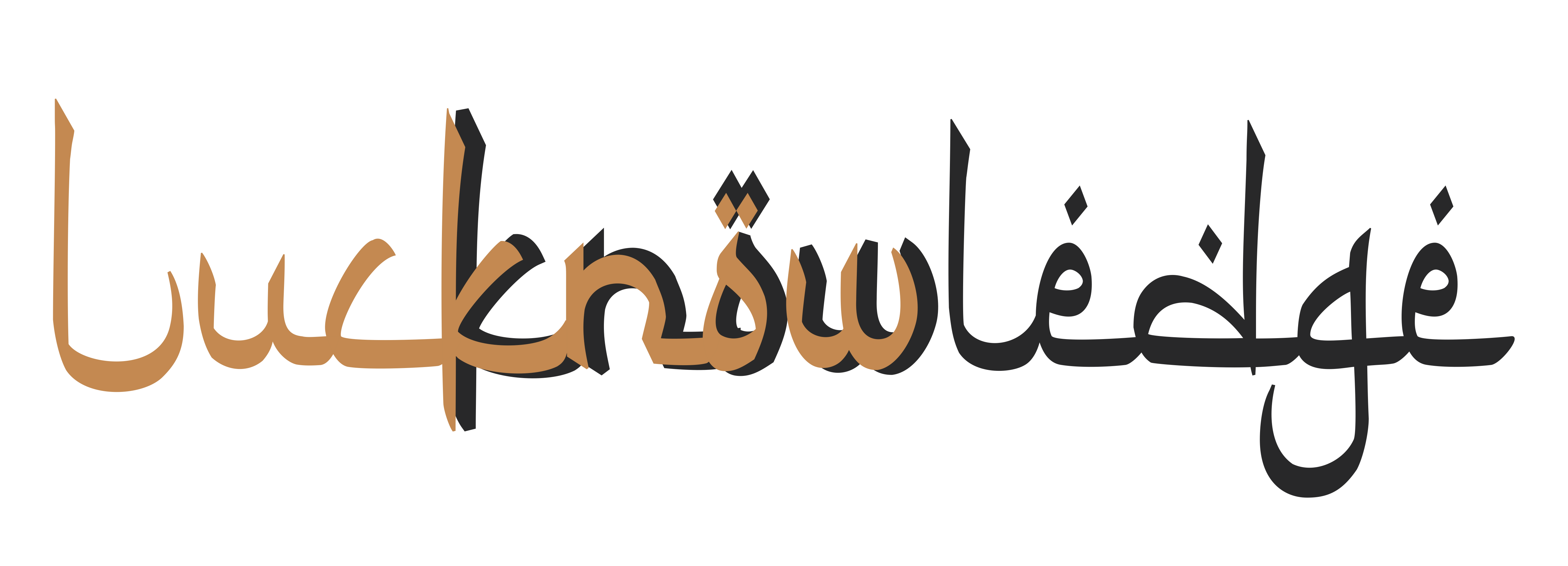Volume: 7, No: 10 ; October-2013
They were gaily painted animals. Elephants were red, rats purple, giraffes pink, and rabbits yellow. Yet, in the make-belief animal kingdom of our childhoods, solid wood was what our dreams were made of.
Perched precariously on thread lashes, the bright band of animals followed when babies took their first, measured steps. But they were also constant companions when children grew older. For 6-years old boys who dreamt of growing up to be pilots, there were intricately-carved airplanes they would hold up and run around the house sets, complete with rolling pins and broads, gas stoves, tea sets and utensils to serve food in.
In Lucknow’s Saadatganj, a colourful market still takes shape every year around October, when Durga Puja approaches. There is little space, however; for wooden toys amid the brightly painted clay water- melons, bananas and strawberries. “The only places you see wooden toys anymore are at handicraft retail. At every other toy store you go to, the only things you find now are the plastic toys in every shape and size”, said city-resident Chetna Bharti.
With a market for their produce recording a dip, though, most wood toy-makers, skilled hands of over three generations. Have shifted base to rural areas, where demand, they say, is still more than urban regions. “There was a time when we would set up a heap of wood near Aminabad’s Gada Bhandaar just before Eid. By evening, the entire stock would be sold. From cricket bats and balls, we sold tiny scooters, cars, animals, planes, cooking sets as well as tiny pieces of furniture. Anything that a child’s imagination could think of, Now, sales are better in places like Chinhat and Barabanki”, said Mohd Alam, an old toy retailer in Aminabad.
From wooden rattles and tops costing a rupee per piece, toys, depending upon how intricately they were designed, would set buyers back by up to Rs. 200. The price, however, artists maintained, was incidental. It was the art that mattered.
“If you bought a wood Cadillac, every tyre and spoke would be fashioned exactly as the real ones were. It wasn’t a sub-standard product that you pushed on to unassuming children. With little possibility of wear and tear, these toys were representation you a life time”, said Baig bhai, another toy retailer in Chowk area of Lucknow.
In the current age, though, plastic appears to have become the new wood. For the few wood pieces that are now available or sold, they are picked up, more for their exotic value than because consumers are loyal users. L N Singh, a teacher, said, “Whenever I can, I pick up wooden toys for my grandchildren because they remind me of my own childhood days. Back then, the variety was better. There were cars, bikes and wooden men, which are not as easy to come by any more. Now, however, I tell the children to keep these safely; as reminders of a beautiful, but dying art.”
Credits : Swati Mathur
LUCKNOWLEDGE is an initiative by Tornos. We do not intend to intrude your privacy and thus have an automated UNSUBSCRIBE system. At any point you may unsubscribe to our e-column or subscribe to it again through a link on our website. The above article is shared and in no way intends to violate any copy right or intellectual rights that always remains with the writer/publisher. This e-column is a platform to share an article/event/update with the netizens and educate them about Destination Lucknow.




